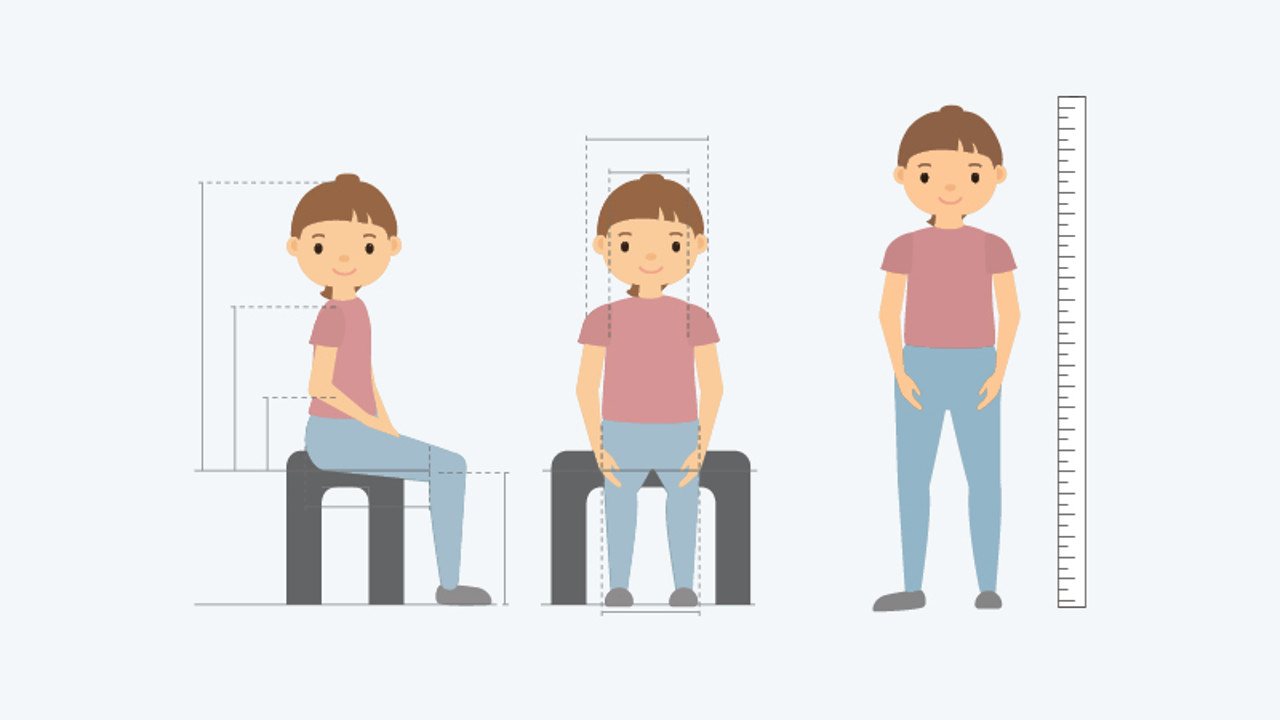
Seating solutions
Our product solutions aim to support children in maintaining the seated position, by providing support for the legs, pelvis region, trunk and for some of the solutions also the shoulder region, arms, head and neck region.
The use of a seating solution can help to support the child’s development of independent sitting, or to compensate for a lack of development.
Enabling the child to maintain a seated position will let the child apply different loads on their bones, joints and muscles. This will make it possible to develop new skills and join in with their family and friends at a table or on the floor.
The target users of our solutions range from children with severe impairments who need comprehensive support, to children with mild to moderate impairments who can sit with a minimum of adult support and need a solution that allows them to sit without adult support. Some children might be able to sit independently, but requires an activity chair, providing them with extra support, so that they can concentrate on other matters, such as learning in school or perform more demanding fine motor activities.

Product solution
Consider the child’s needs to plan the best possible product solution.
Our Measurement and clinical examination sheet can be a good starting point to take the most important measurements and access the most important functional abilities.
To be able to decide between our seating solutions it is relevant to consider the type of equipment needed and if the solution should be used for transportation in vehicles.
Our paediatric brands offer the following types of equipment:
- Wheelchairs: Devices for indoor and outdoor mobility which includes a seating system.
- Buggies: Devices primarily for outdoor mobility which includes a seat.
- Chairs: Devices for indoor use consisting of a base and a seating system.
- Seating systems: Devices that consist of different seat modules configured to provide individualised support.
- Bases: Devises used with a seating system for indoor or outdoor mobility.

Size and accessories
Our paediatric product solutions most often consist of a main product and accessories, that when combined match the needs of the user and caregivers.
The size of the main product should be chosen to allow as much growth as possible without compromising the child’s need for support.
On our product pages you can learn more about the sizes available and configuration of the main product
The large range of accessories can be used to individualise the type and amount of support provided for the child or to improve the work condition for the caregiver.



